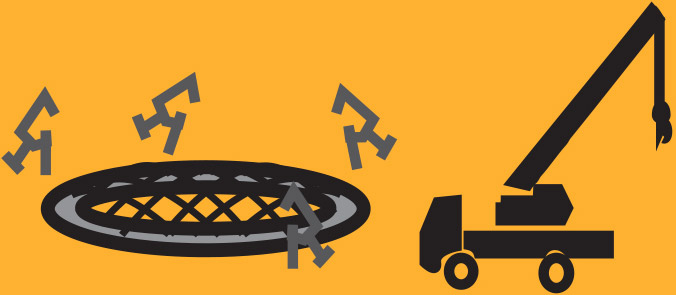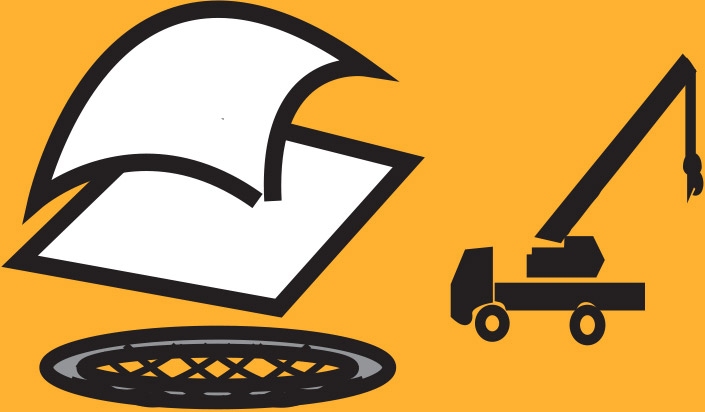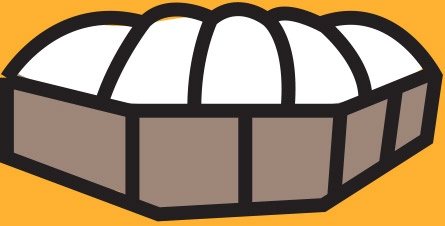Sinéad Mac Namara, a structural engineer and associate professor in Syracuse University’s Architecture Department, said the main issue with the Carrier Dome’s inflatable roof is that the material is not designed to last.
“There’s nothing ostensibly wrong with the roof except that it’s a kind of roof that isn’t supposed to last more than a certain period of time, and we’re coming up on the end of that period of time,” Mac Namara said.
Mac Namara said a choice between retrofitting the Dome to support a hard-roof, or building a whole new facility, comes down to short-term versus long-term costs. The Dome wasn’t built to support a hard roof. She said the cost of adding those supports would be less expensive than a whole new building, but it would still be costly and might not be worth it in the long run.
Building a hard roof, Mac Namara said, “is definitely possible if you have enough money. But the question is whether the expense in building those additional supports (is worth it when weighed) against building a whole new dome. It could be worth spending twice as much on something that meets other goals, accessibility, different uses of the space, certain kind of appearance.”
Mac Namara explained that a new support structure would have to be built to support a new roof on the current facility.
“You’d have your walls on the edge, and something that spans across,” Mac Namara said. “A light set of trusses, for example, something with a bit of a curve on it. I don’t think the walls would support arches. It’s almost certainly going to be some kind of a truss.”
She also said that it was conceivably possible to suspend a roof, but the design team would have to figure out a way to retrofit the top of the walls to support a suspension system.













